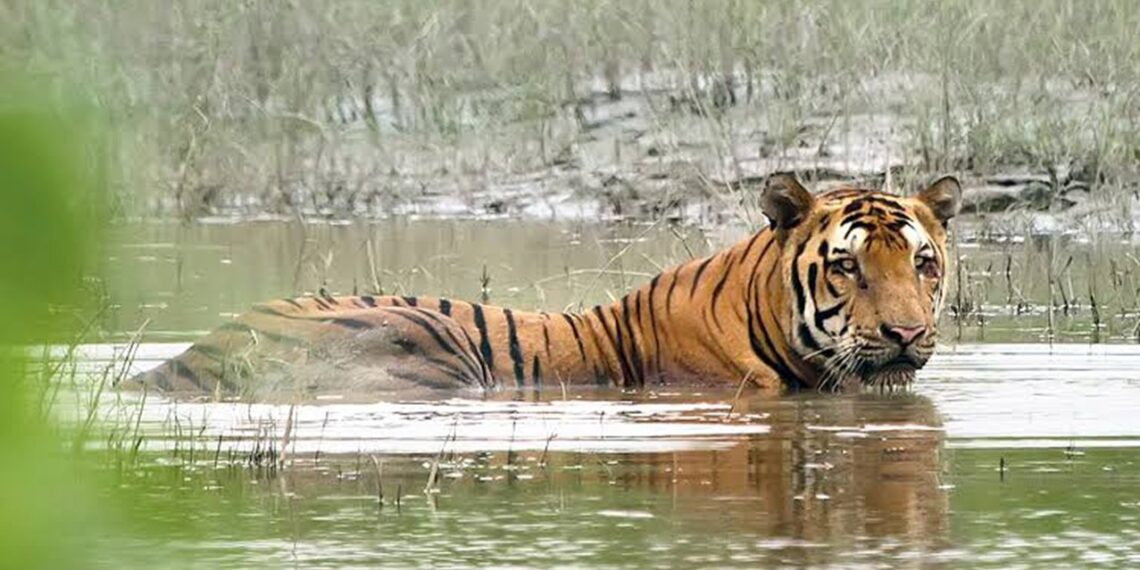Guwahati: The tiger population in Assam’s Kaziranga National Park and Tiger Reserve (KNPTR) has risen to 148, marking an increase of 27 tigers since the last count, according to a new report released on the occasion of International Tiger Day on Tuesday.
The report, titled “Status of Tigers in Kaziranga, 2024,” attributes the rise largely to the first-ever sampling in the Biswanath Wildlife Division, which alone recorded 27 tigers—significantly boosting the reserve’s overall count.
Of the 148 adult tigers identified across the three divisions of the reserve, 83 are females, 55 males, and 10 of undetermined sex.
The Eastern Assam Wildlife Division saw a rise from 104 to 115 tigers in 2024, while the Nagaon Wildlife Division maintained a steady population of six.
The tiger census was conducted using Phase IV protocols of the National Tiger Conservation Authority (NTCA) and the Wildlife Institute of India.
Camera traps triggered remotely were deployed across a 1,307.49 sq km area from December 2023 to April 2024, using a grid-based sampling method to ensure comprehensive spatial coverage.
The estimation followed a mark-recapture statistical model to ensure scientific accuracy.
Officials noted that Kaziranga now boasts a tiger density of 18.65 per 100 sq km, making it the third-highest globally after Bandipur Tiger Reserve (19.83) and Corbett National Park (19.56).
A senior forest official credited the increase to strategic conservation efforts, particularly habitat expansion and enhanced protection.
“We have added around 200 sq km to the reserve in recent years, including 12.82 sq km of previously encroached land, mainly under the Burhachapori-Laokhowa sanctuaries. This expansion has provided more room for tiger movement, breeding, and dispersal,” she said.
Technological integration has also played a critical role.
Alongside camera traps, tools such as drones, infrared surveillance systems (Electronic Eye), and the Monitoring System for Tigers–Intensive Protection and Ecological Status (M-STrIPES) have bolstered patrolling, tracking, and data accuracy.
ALSO READ: Assam: Aaranyak’s Wildlife Genetics Lab pioneers Tiger population estimation in Northeast
The official highlighted the vital contribution of frontline staff, especially the 113 trained Van Durgas—female forest guards—who work alongside local communities and civil society organisations to ensure data collection and protection on the ground.
“This milestone is not just a reason to celebrate, but a reminder of our responsibility,” the official said.
“Continued investment in conservation, strong community engagement, and sustained awareness efforts are essential to protect Kaziranga’s rich biodiversity.”















